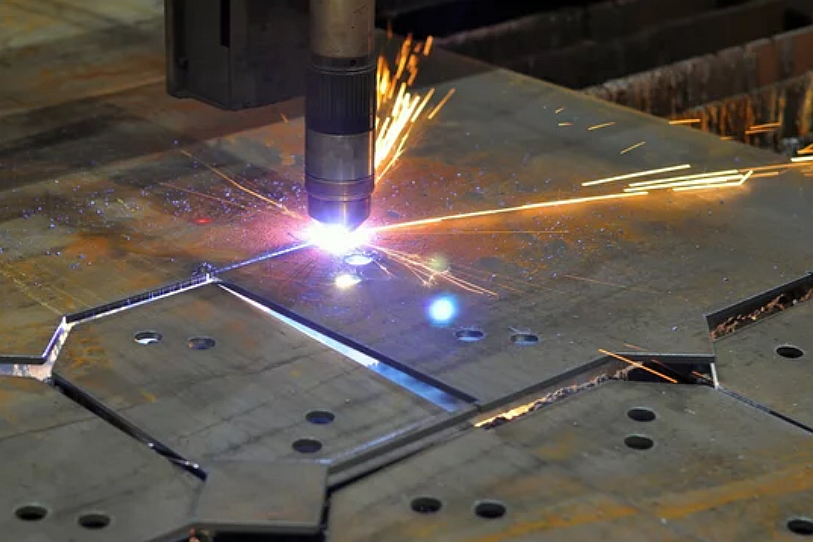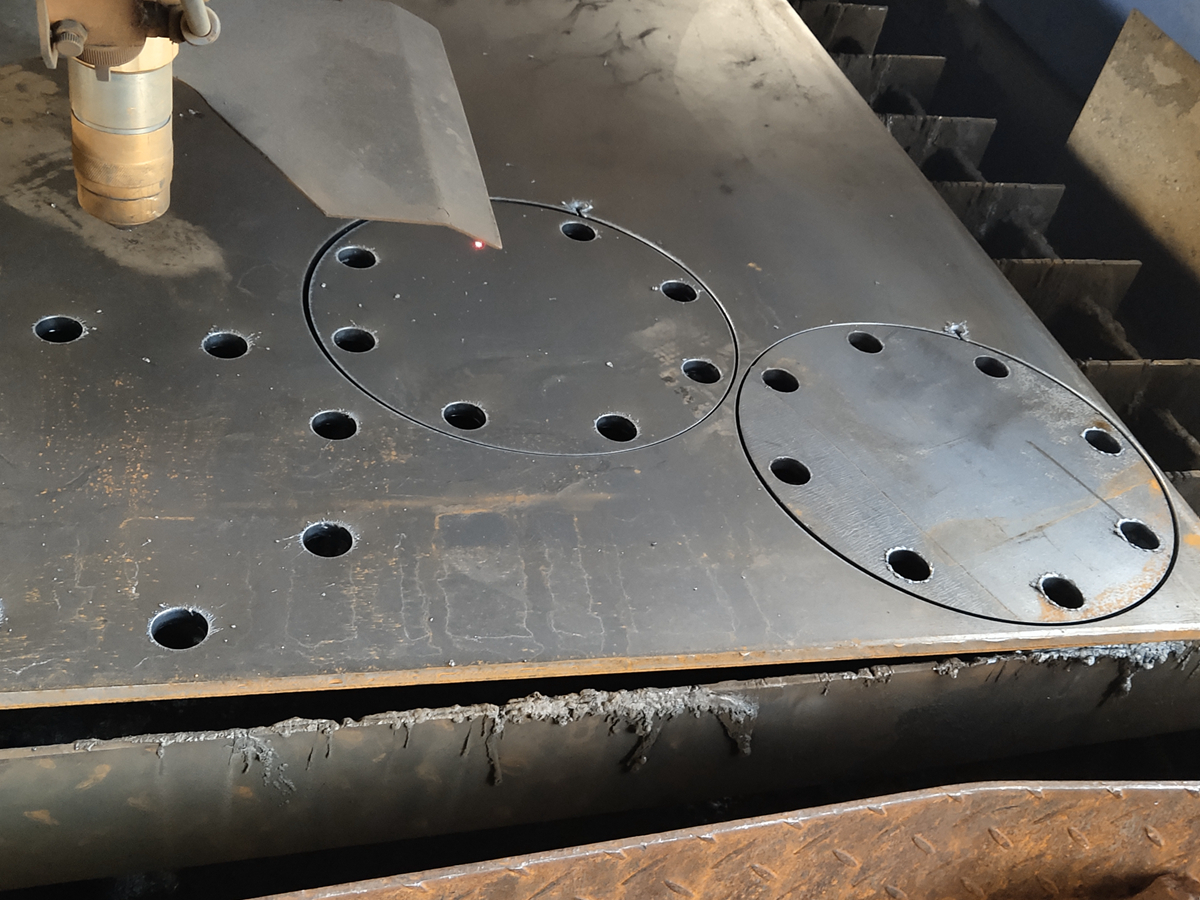What metals are most efficiently processed with plasma cutting?
Overview
Plasma cutting is designed for electrically conductive materials, making it a highly efficient solution for a wide range of metals used in industrial manufacturing. Its ability to maintain fast travel speeds, minimal heat distortion, and consistent cut quality allows it to serve industries such as automotive, aerospace, and energy. The process excels at both thin- and thick-gauge metals, making it a versatile choice for production environments.
Ferrous Metals with Excellent Plasma Cutting Performance
Plasma cutting excels on all iron-based metals due to their stable arc conduction and predictable melting characteristics. Common ferrous metals include:
Carbon steel, widely used for structural frames, industrial parts, and machinery components. Cast variations, such as carbon steel, also cut cleanly with minimal edge oxidation.
Cast stainless steel, which maintains good conductivity and provides clean, oxidation-controlled cuts. Applications often rely on alloys such as cast stainless steel.
Cast iron, commonly produced through processes such as sand casting, also works efficiently under high-energy plasma arcs, especially for thick-section components.
These ferrous metals deliver smooth kerf lines and predictable cut performance, making them ideal for high-volume structural and mechanical applications.
Non-Ferrous Metals Ideal for Plasma Processing
Plasma cutting is equally efficient on several high-demand non-ferrous metals:
Aluminum, including cast varieties such as cast aluminum and die-casting grades like A380. Plasma’s high energy density overcomes aluminum’s thermal conductivity for clean and fast cuts.
Copper alloys are widely used for electrical, thermal, and industrial components. Cast versions, such as copper alloy, respond well to plasma’s concentrated heat.
Magnesium alloy, valued for lightweight structures in mobility and aerospace platforms, works effectively under plasma conditions. High-performance cast grades, such as magnesium alloys, support smooth cutting with minimal dross.
These materials benefit from plasma’s ability to maintain consistent arcs even when dealing with high thermal conductivity.
Metals Commonly Processed After Casting or Forming
Production lines often supply raw components to plasma cutting from upstream processes. These include:
sand casting for near-net-shape iron and aluminum parts
gravity casting for dense and stable structural components
sheet metal fabrication for aluminum, steel, and stainless plate stock
These pre-formed metals provide uniform density, ensuring stable plasma arc performance and reliable contour control.
Finishing Processes That Improve Cut Edge Quality
Plasma-cut metals often require light finishing, especially for cosmetic or precision-fit applications. Efficient surface treatments include:
sandblasting to remove micro-burrs and oxide film
polishing for improving surface clarity or preparing components for coatings
These methods keep secondary finishing costs low while enhancing dimensional consistency across industries like telecommunication, lighting solutions, and power tools.
Conclusion
Overall, plasma cutting is most efficient on carbon steel, stainless steel, cast iron, aluminum, copper alloys, and magnesium alloys. These materials offer controlled arc behavior, rapid melting response, and minimal distortion—key factors that enable plasma systems to deliver high productivity and stable accuracy across industrial manufacturing.



